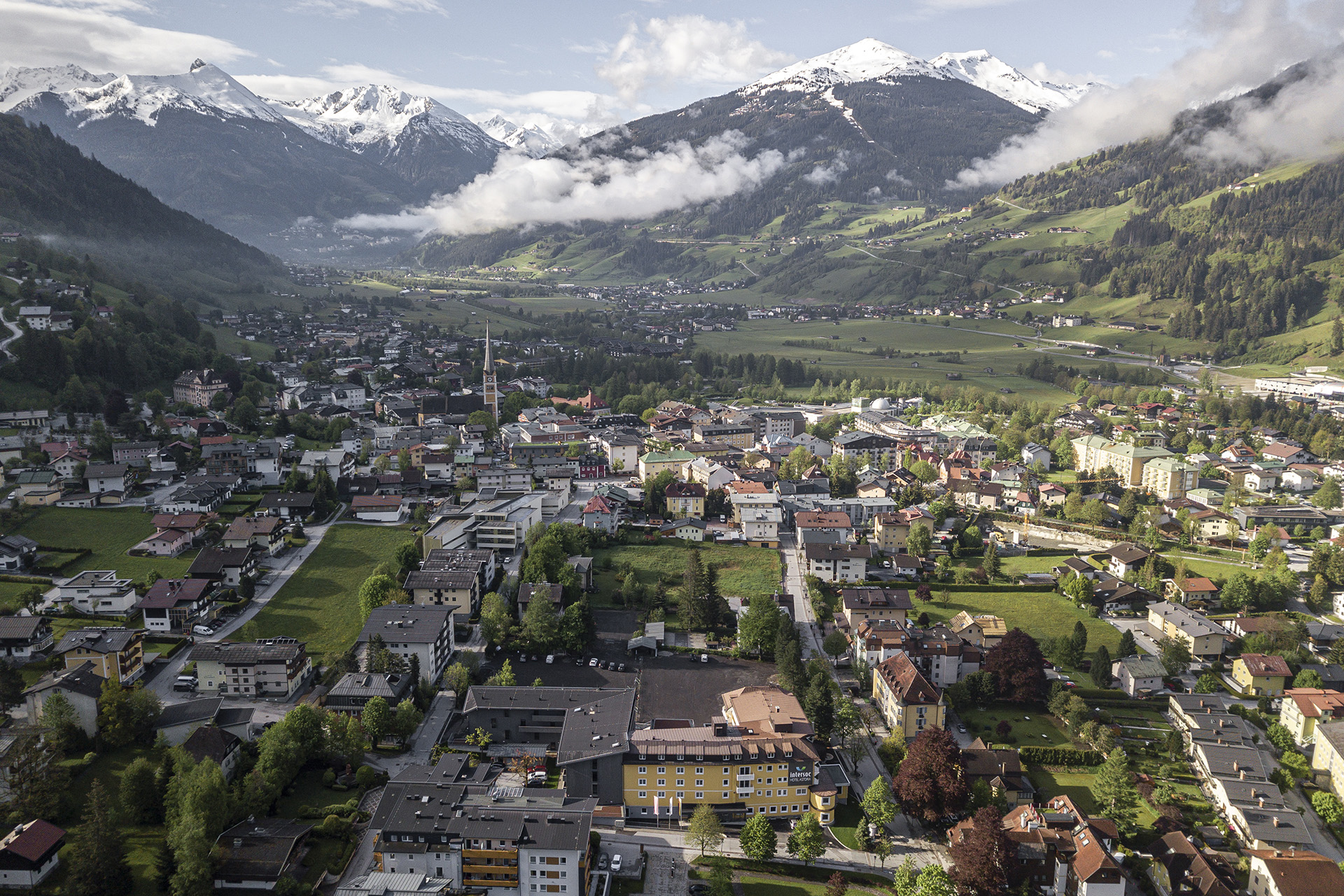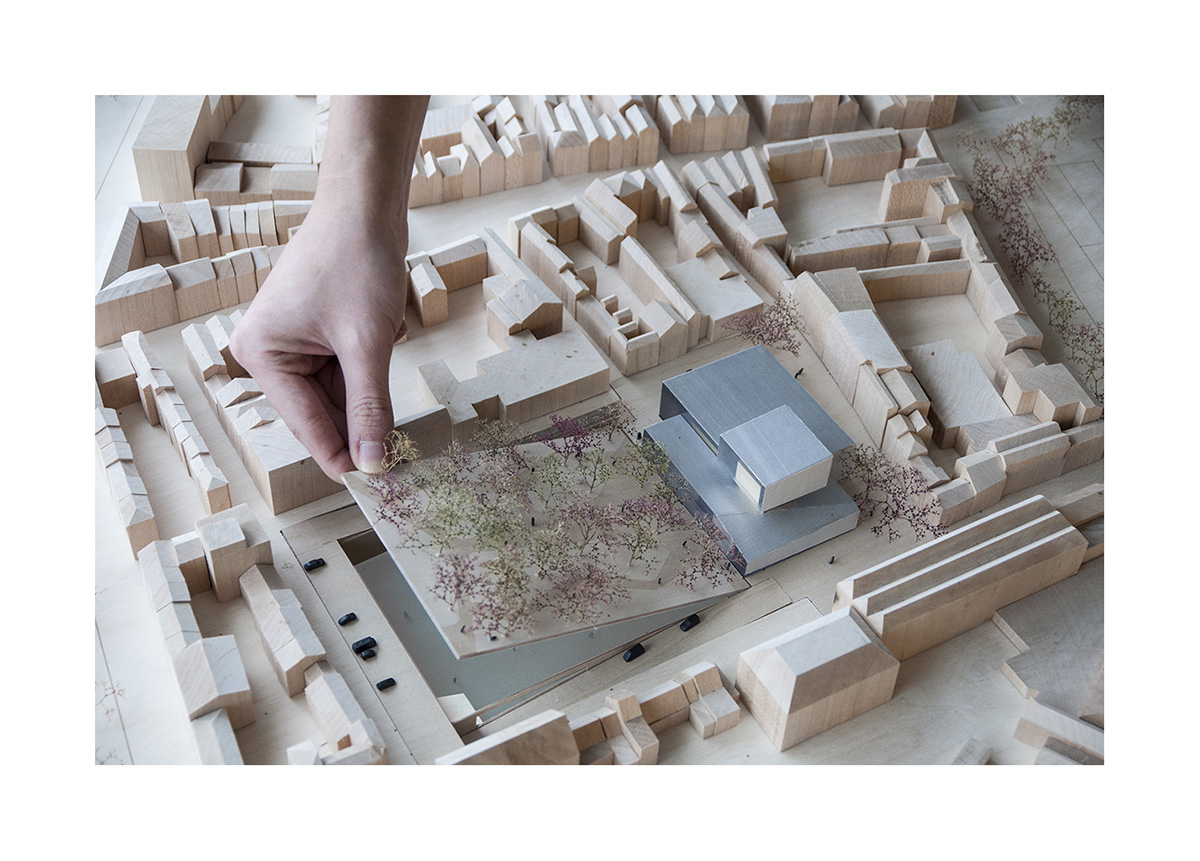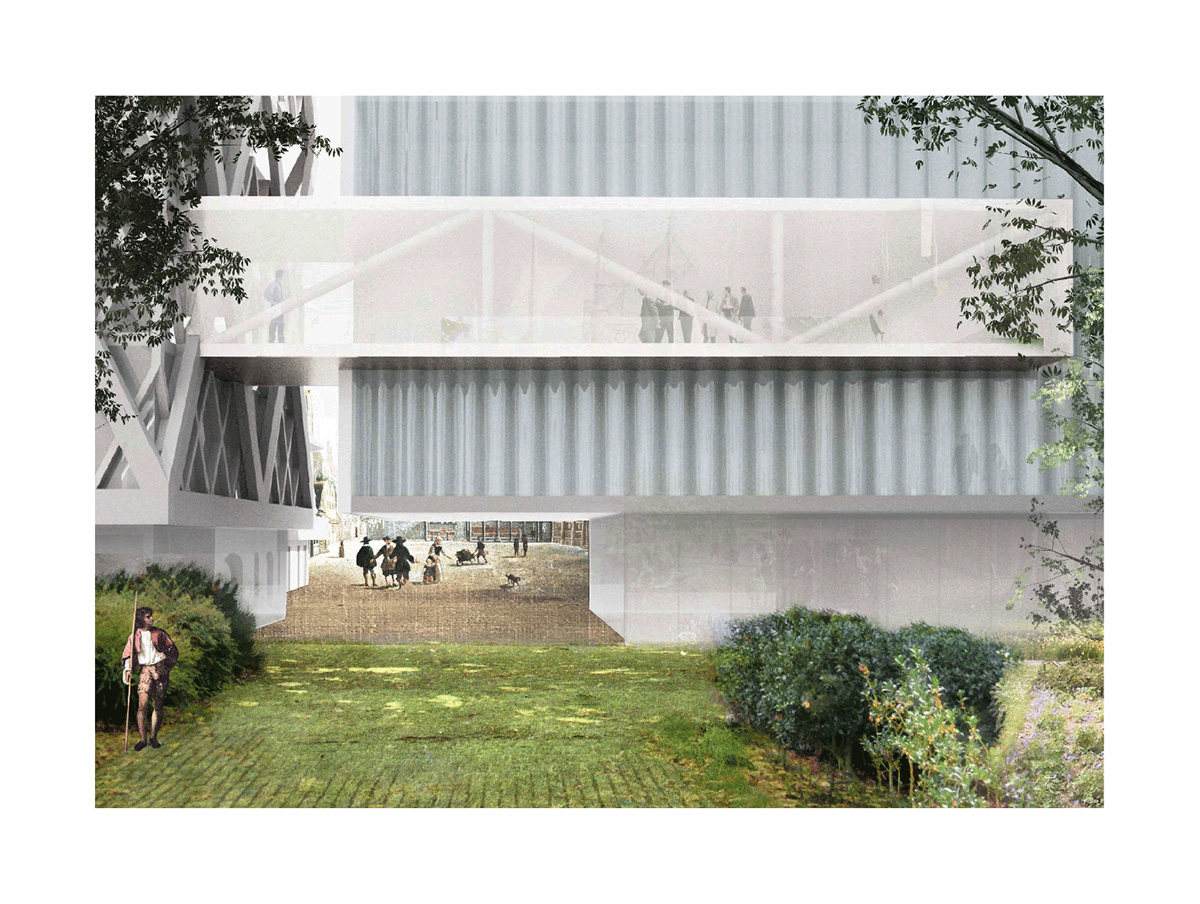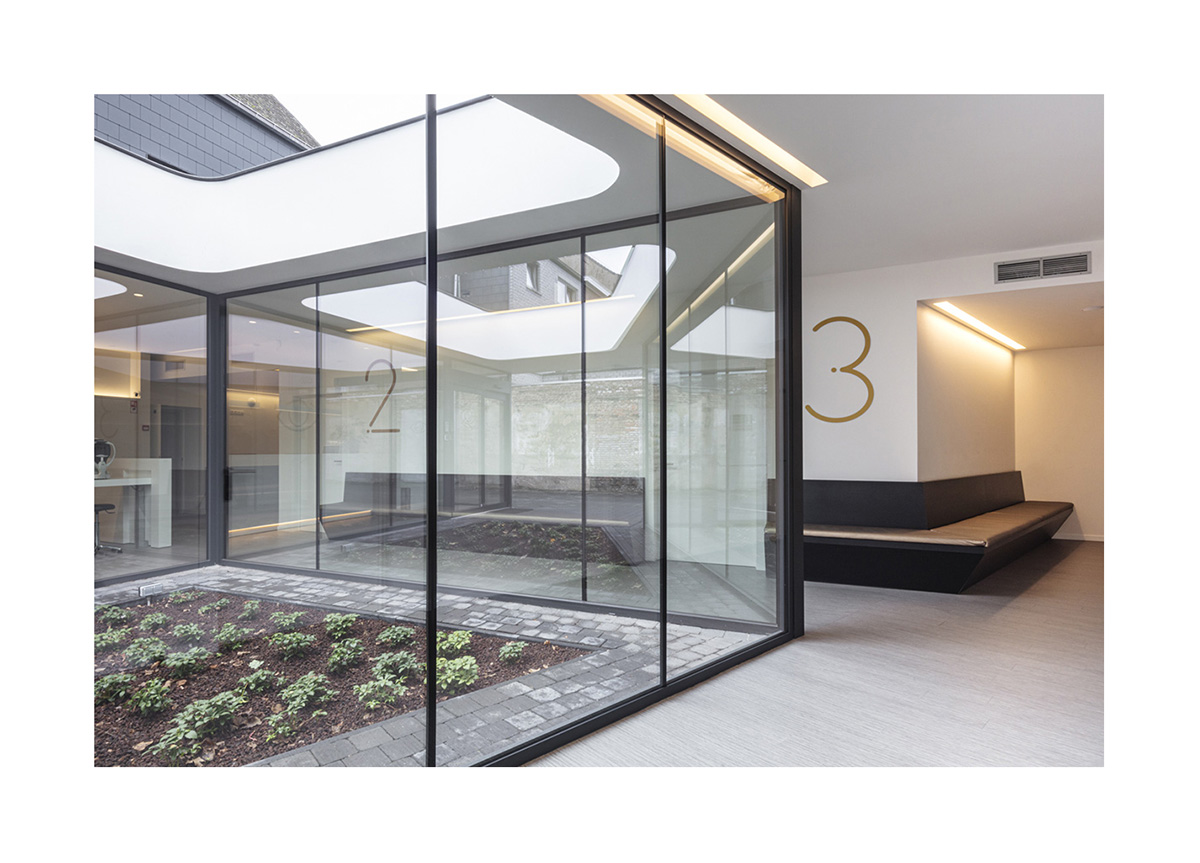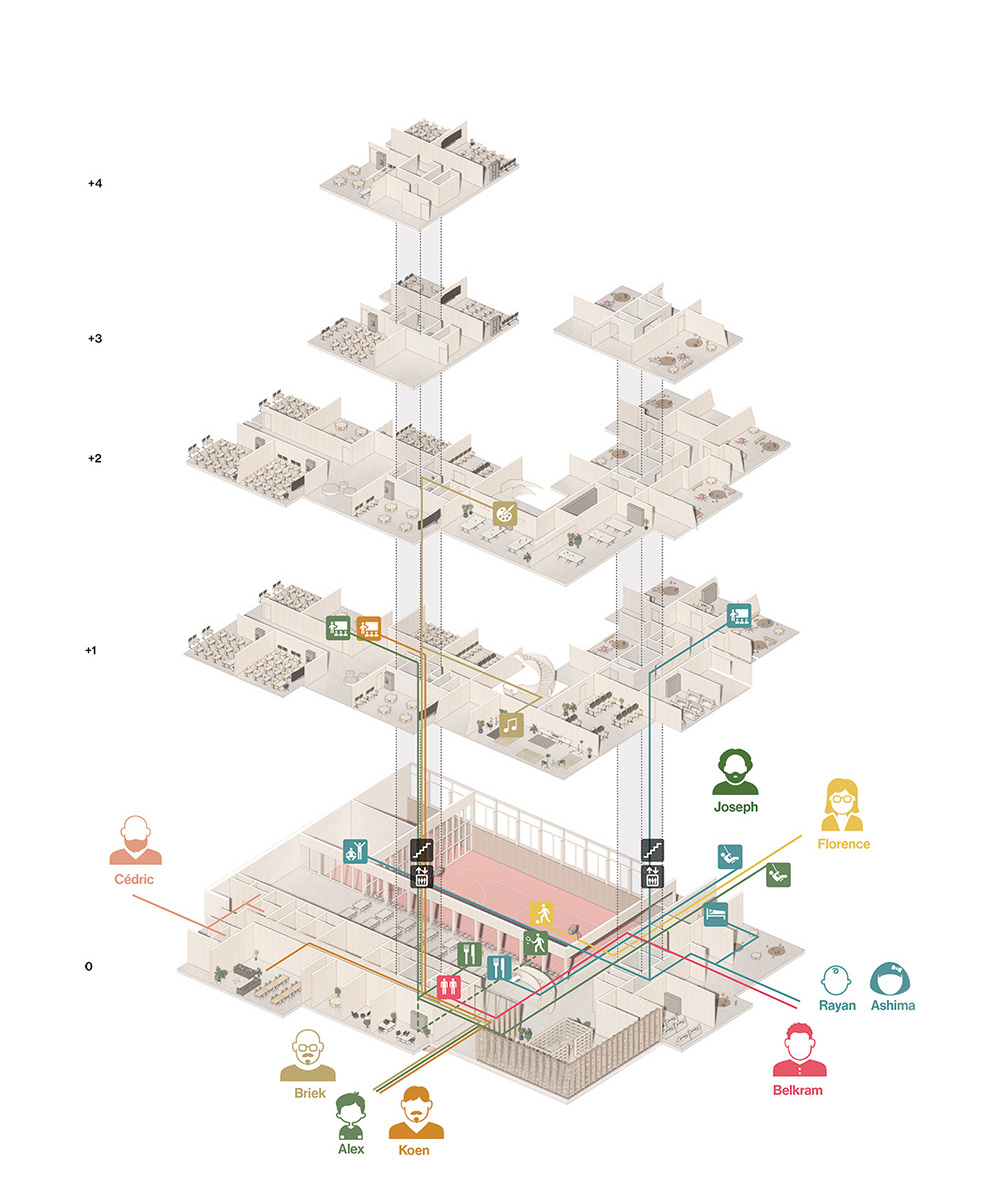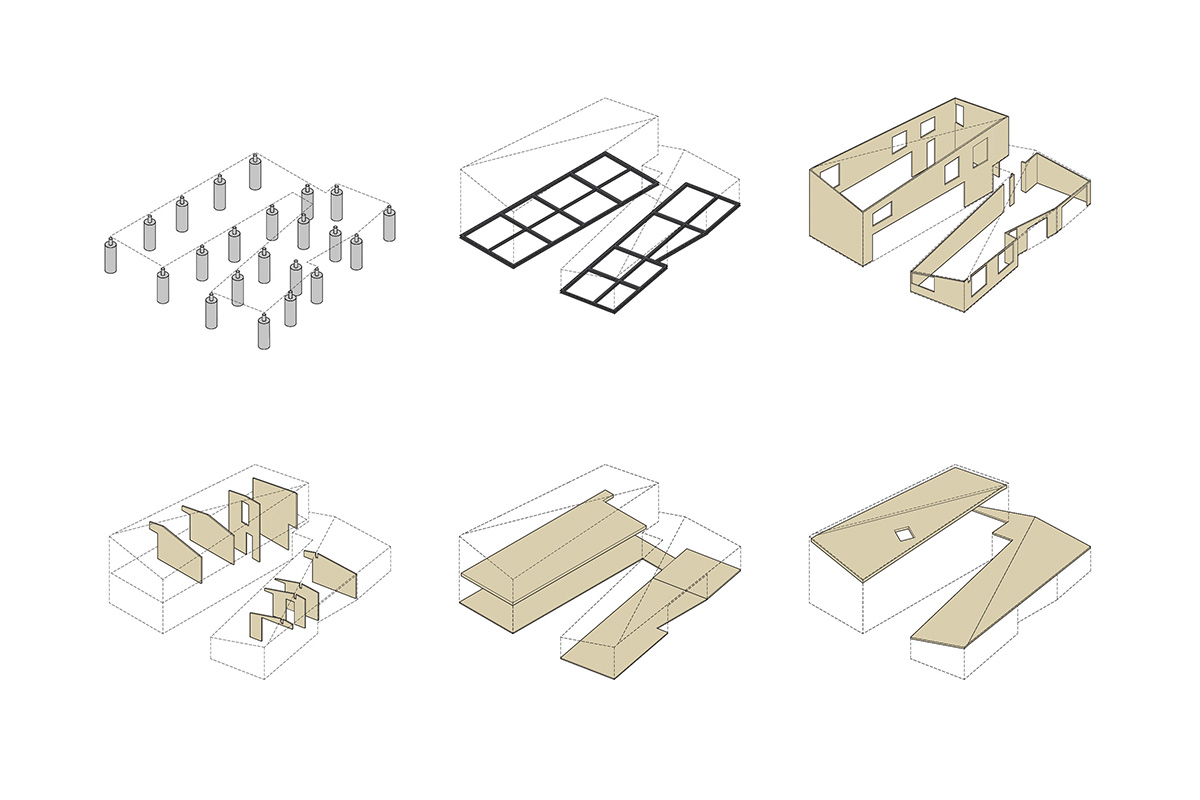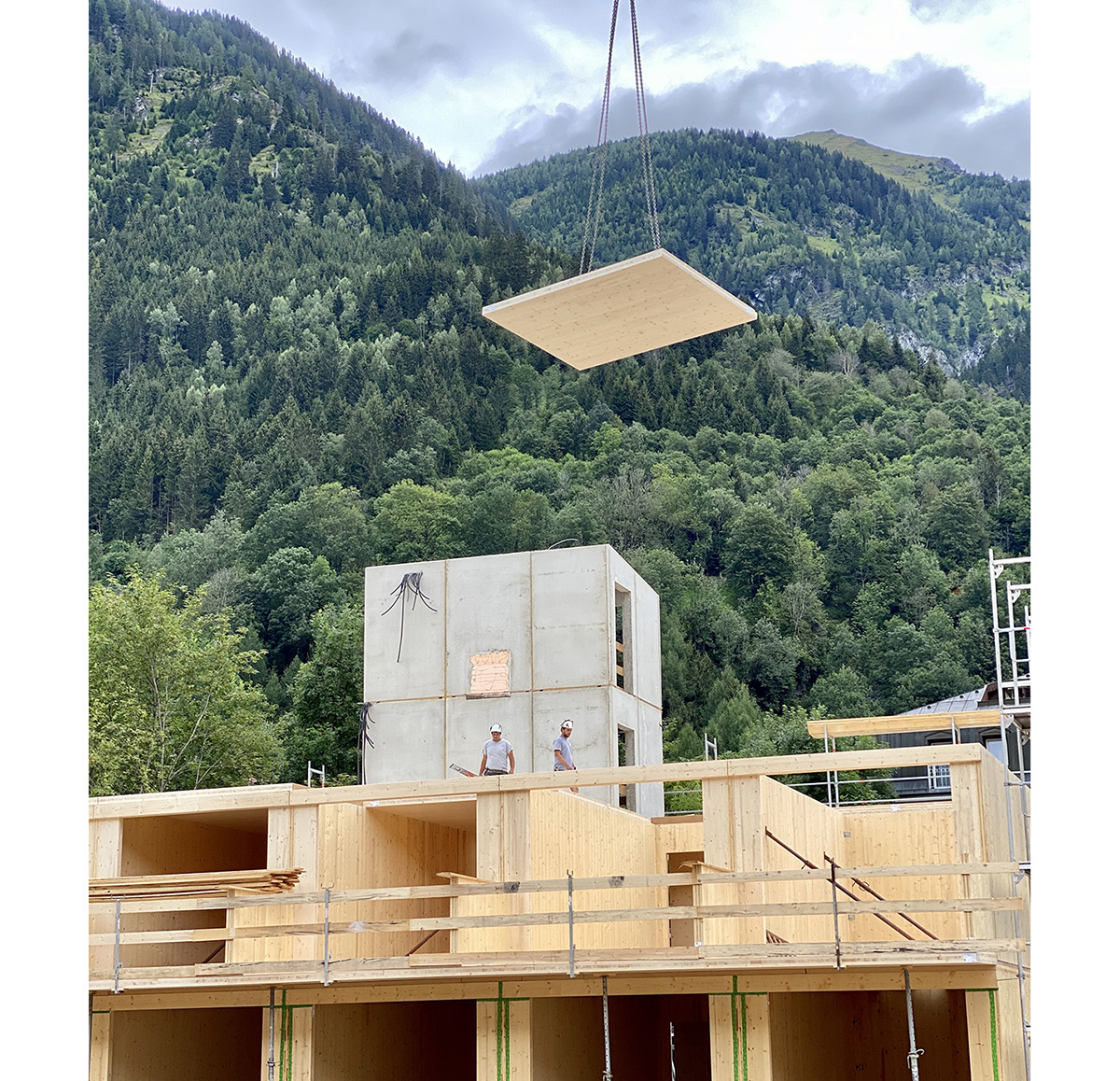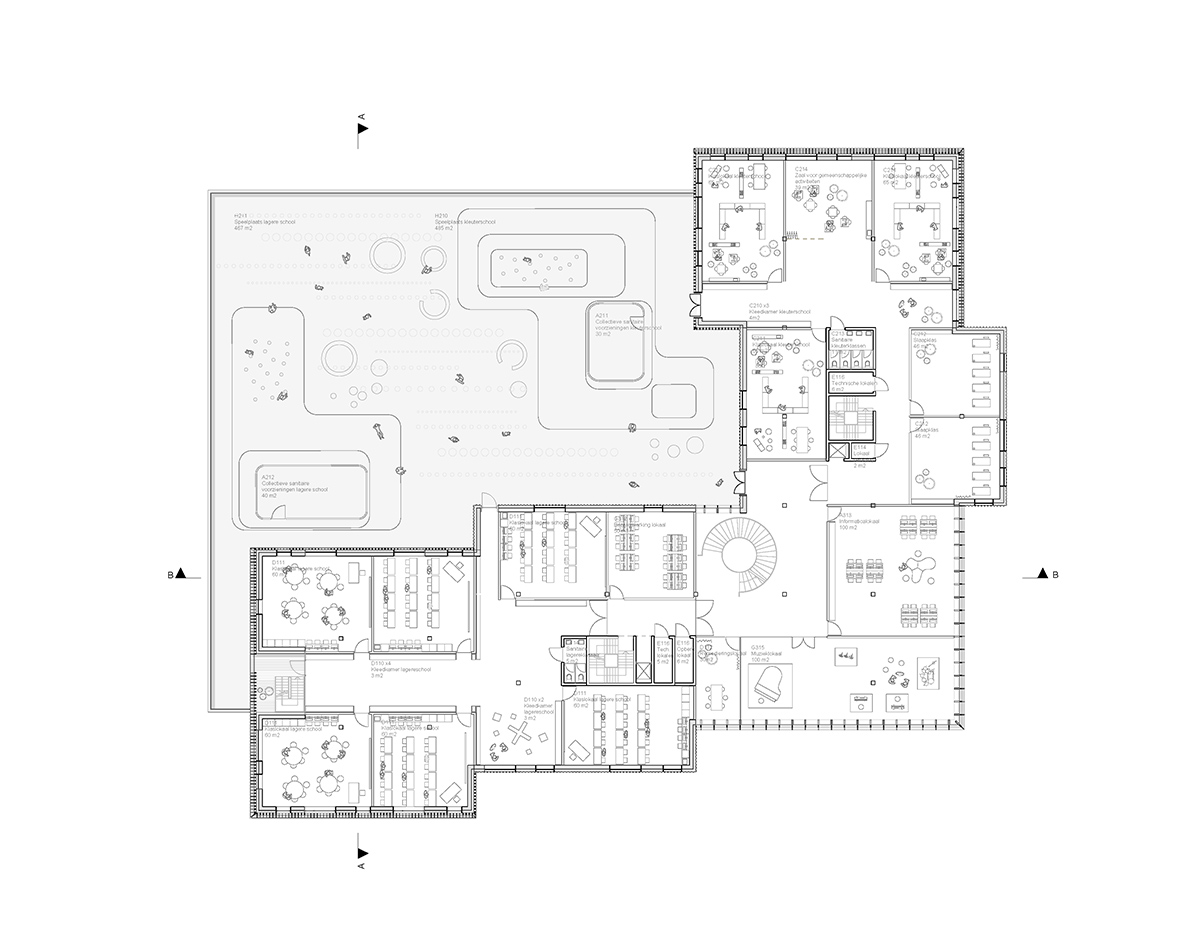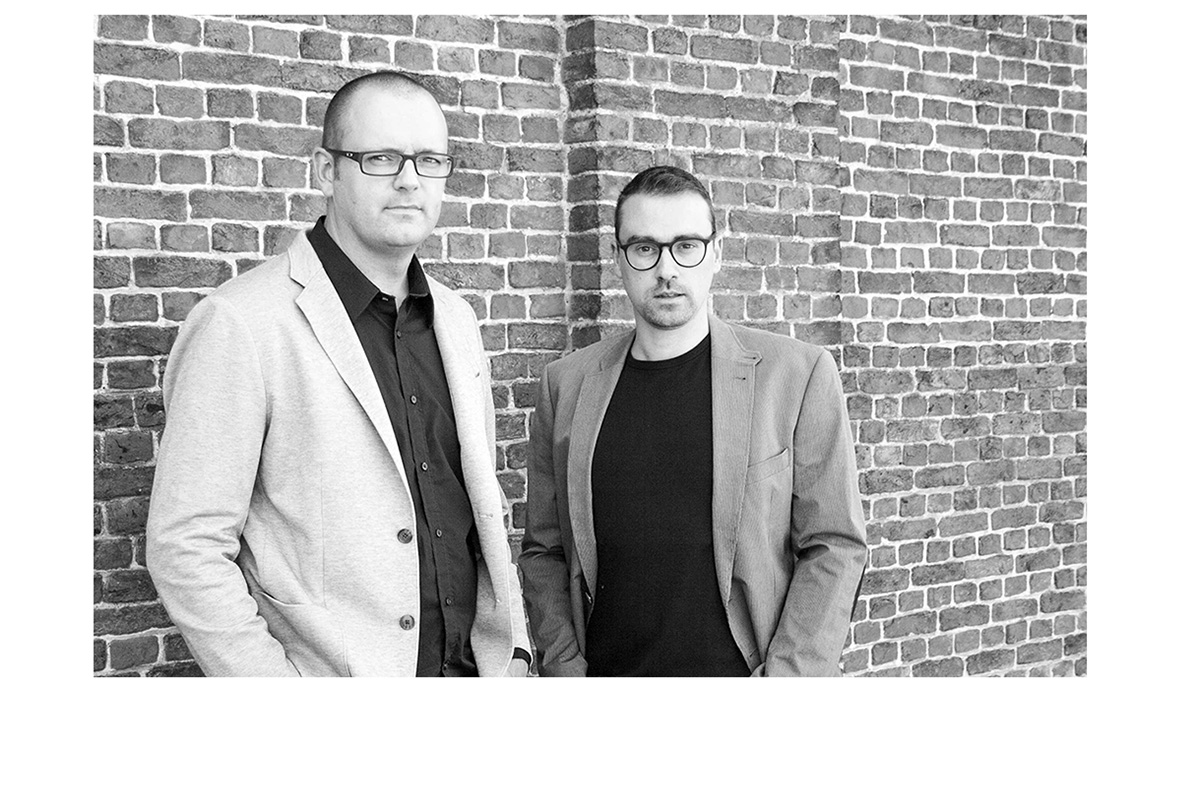A social intervention to restructure and connect.
Our approach to creating architecture, interior, landscape and urban design is inclusive: integrated with social, practical, economic and climate issues.
U/Define cannot be fixed in a defined signature or style. We load every project with a unique vision. By considering program, spatial qualities and social versatility as equal in the architectural processes, unexpected solutions arise. Making the world more interesting, better, more sociable and perhaps bolder than what is expected.

